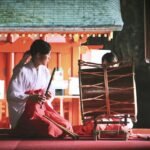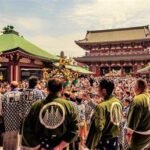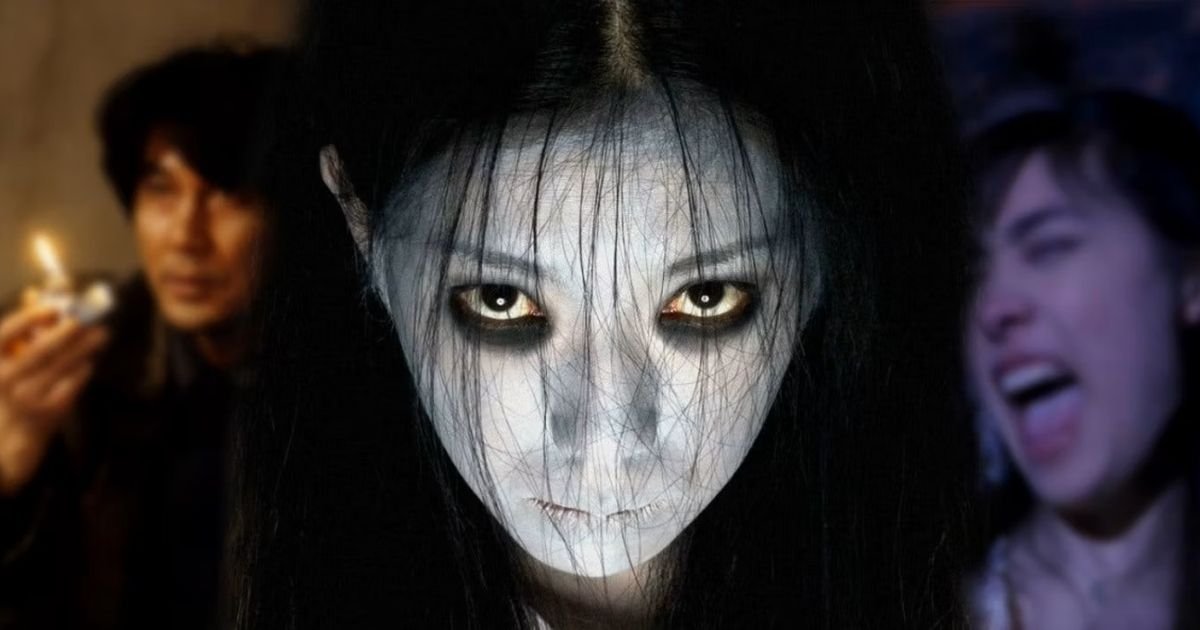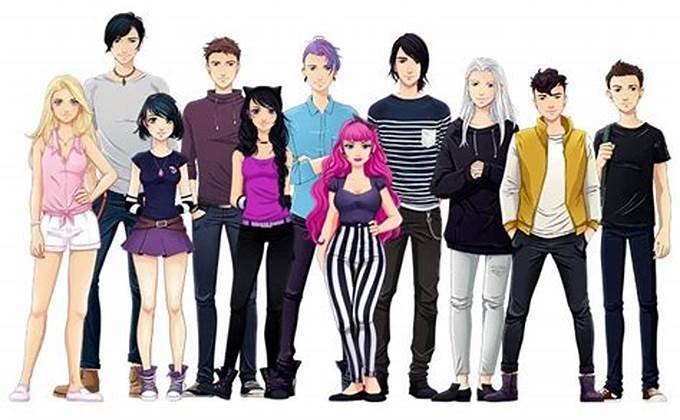Japanese directors have had a profound impact on Hollywood cinema, inspiring generations of filmmakers with their storytelling techniques, visual styles, and unique perspectives. From the sweeping epics of Akira Kurosawa to the imaginative worlds of Hayao Miyazaki, Japanese cinema has left an indelible mark on global film. In this article, we will explore how these visionary directors have shaped Hollywood films, influencing directors, genres, and even entire cinematic movements.
1. Akira Kurosawa: The Master of Visual Storytelling
Akira Kurosawa is arguably the most influential Japanese director on Hollywood cinema. His films like Seven Samurai (1954) and Rashomon (1950) have been directly remade or served as inspiration for countless Hollywood films. For example:
- Remake of Seven Samurai: The Magnificent Seven (1960) is a direct Hollywood adaptation of Kurosawa’s samurai epic, transforming the story into a Western setting but retaining the core themes of honor, sacrifice, and community.
- Rashomon Effect: Kurosawa’s narrative structure, where multiple characters present differing perspectives of the same event, has been widely adopted in Hollywood films such as The Usual Suspects (1995) and Vantage Point (2008).
Kurosawa’s use of dynamic camera movement, framing, and epic storytelling continues to inspire directors like Steven Spielberg, George Lucas, and Martin Scorsese, each of whom has cited Kurosawa’s films as key influences.
2. Hayao Miyazaki: The Animation Maestro

While Kurosawa influenced live-action cinema, Hayao Miyazaki has left an enduring impact on Hollywood’s animation industry. Films like Spirited Away (2001) and My Neighbor Totoro (1988) have not only captivated audiences but also reshaped how animated films are approached in Hollywood.
Miyazaki’s influence on Hollywood can be seen in:
- Pixar’s Storytelling Approach: Directors like John Lasseter and Pete Docter of Pixar have credited Miyazaki with teaching them the importance of emotional depth, character development, and environmental themes in animated films. Toy Story (1995) and Finding Nemo (2003) exhibit these influences.
- Themes of Nature and Childhood: Miyazaki’s focus on nature, spirituality, and the innocence of childhood has inspired Western films like Wall-E (2008) and How to Train Your Dragon (2010), which reflect a similar emphasis on the natural world and youthful wonder.
3. Takashi Miike: Pushing Genre Boundaries
Takashi Miike, known for his eclectic and boundary-pushing films, has influenced the horror and thriller genres in Hollywood. Films like Audition (1999) and Ichi the Killer (2001) introduced a new level of intensity and unsettling imagery that has been adopted by American horror directors.
- Tarantino and Grindhouse Cinema: Quentin Tarantino has acknowledged Miike’s influence on his work, particularly the use of extreme violence and stylized action sequences. Miike’s work on films like Dead or Alive (1999) resonates with Tarantino’s Kill Bill series, where Japanese influences are clear.
- Hollywood’s Asian Horror Wave: Miike’s horror films have contributed to Hollywood’s adaptation of J-horror, with films like The Grudge (2004) and The Ring (2002) being direct remakes of Japanese originals, maintaining the eerie and psychologically disturbing elements seen in Miike’s films.
4. Yasujiro Ozu: The Quiet Innovator
Yasujiro Ozu is known for his understated style, focusing on family dynamics and quiet introspection. Although Ozu’s films are a far cry from the action-packed blockbusters of Hollywood, his influence on directors like Wes Anderson and Jim Jarmusch is undeniable.
- Symmetry and Framing: Ozu’s meticulous use of symmetry and low camera angles has been mirrored in Wes Anderson’s films like The Grand Budapest Hotel (2014), which often feature similarly composed, almost stage-like scenes.
- Slow Cinema: Ozu’s approach to minimalism and stillness in films like Tokyo Story (1953) has influenced the rise of slow cinema in the West, where long takes and deliberate pacing are used to emphasize emotion and atmosphere, as seen in works by Richard Linklater and Gus Van Sant.
5. Kenji Mizoguchi: Elevating Feminine Narratives
Kenji Mizoguchi is known for his sensitive portrayals of women in Japanese society, often focusing on their struggles and resilience in the face of adversity. His influence can be seen in Hollywood films that emphasize female protagonists and their emotional journeys.
- Themes of Social Injustice: Mizoguchi’s focus on the plight of women in films like The Life of Oharu (1952) resonates in contemporary Hollywood cinema, where films like The Handmaid’s Tale (2017) and 12 Years a Slave (2013) tackle themes of oppression, social inequality, and personal strength.
Conclusion
From the action-packed epics of Akira Kurosawa to the quiet introspection of Yasujiro Ozu, Japanese directors have had a lasting impact on Hollywood cinema. Their influence is seen not only in direct remakes and homages but also in the way they have shaped storytelling techniques, visual aesthetics, and thematic depth in films worldwide. As Hollywood continues to evolve, the legacy of these visionary filmmakers remains integral to the art of cinema.










